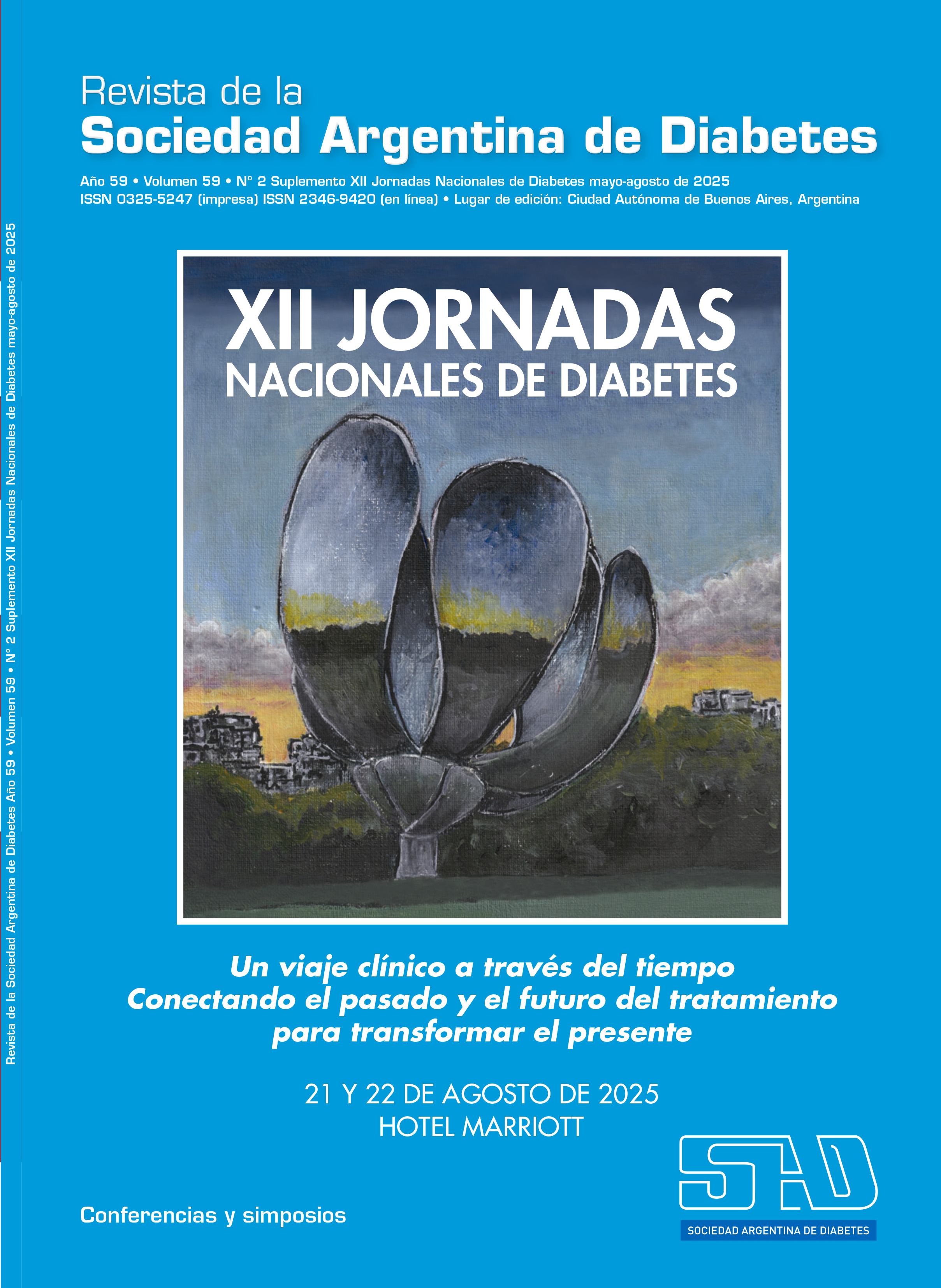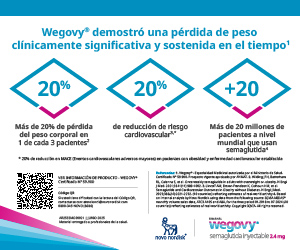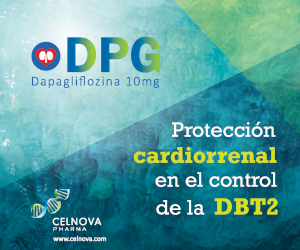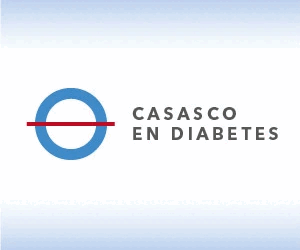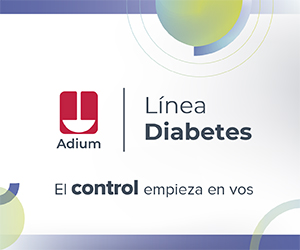Strategies to break down barriers at different stages of treatment
DOI:
https://doi.org/10.47196/diab.v59i2Sup.1242Keywords:
obesity, diabetes, drugs, treatmentAbstract
Advances in understanding the biology of obesity and the development of more effective drugs for weight loss and the improvement or remission of associated conditions have revolutionized its approach and treatment. However, for a given treatment to achieve the expected effectiveness, it must be prescribed or administered in a timely manner, and the patient must use it for the necessary length of time and at the indicated dose to achieve the therapeutic objectives.
Drug treatment persistence is defined as the time during which a patient continues treatment or continues renewing/refilling the prescription, from the start of treatment until its discontinuation. In a retrospective cohort study of 1,911 patients, adherence to available obesity medications was evaluated between 2015 and 2023. This included GLP-1RAs and naltrexone-bupropion, among others not available in our country. It was found that 44% of individuals were persistent at 3 months, 33% at 6 months, and 19% at 12 months. This reflects a real-life problem of poor adherence to pharmacological treatment.
According to the WHO, adherence is the degree to which a person's behavior, whether taking medication, following a diet plan, or implementing lifestyle changes, corresponds to the recommendations agreed upon by a healthcare professional. Non-adherence is usually defined as taking less than 80% of the prescribed dose of the medication. Adherence is related to factors specific to the patient, the chronic disease, the treatment, the provider and the healthcare system, and, finally, social and economic factors. Barriers to adherence vary across different stages, making it necessary to analyze potential intervention strategies for the initiation, implementation, and persistence of medications for the treatment of obesity. This also applies to periods of weight gain, loss, stabilization, or regain.
Considering the stage of treatment in relation to adherence and the phase of the disease can help identify possible reasons for low adherence.
References
I. Gasoyan H, Pfoh ER, Schulte R, Le P, Rothberg MB. Early- and later-stage persistence with antiobesity medications: a retrospective cohort study. Obesity (Silver Spring) 2024 Mar;32(3):486-493. doi: 10.1002/oby.23952.
II. Doctor’s orders: Why adherence is critical to improving health outcomes across the life course. 2022 Apr. Disponible en: https://ilcuk.org.uk/doctors-orders/.
III. Sharma AM, Birney S, Crotty M, Finer N, Segal-Lieberman G, Vázquez-Velázquez V, Vrijens B. Determinants of adherence to obesity medication: a narrative review. Obes Rev. 2025 May;26(5):e13885. doi: 10.1111/obr.13885.
Downloads
Published
Issue
Section
License
Copyright (c) 2025 on behalf of the authors. Reproduction rights: Argentine Diabetes Society

This work is licensed under a Creative Commons Attribution-NonCommercial-NoDerivatives 4.0 International License.
Dirección Nacional de Derecho de Autor, Exp. N° 5.333.129. Instituto Nacional de la Propiedad Industrial, Marca «Revista de la Sociedad Argentina de Diabetes - Asociación Civil» N° de concesión 2.605.405 y N° de disposición 1.404/13.
La Revista de la SAD está licenciada bajo Licencia Creative Commons Atribución – No Comercial – Sin Obra Derivada 4.0 Internacional.
Por otra parte, la Revista SAD permite que los autores mantengan los derechos de autor sin restricciones.



